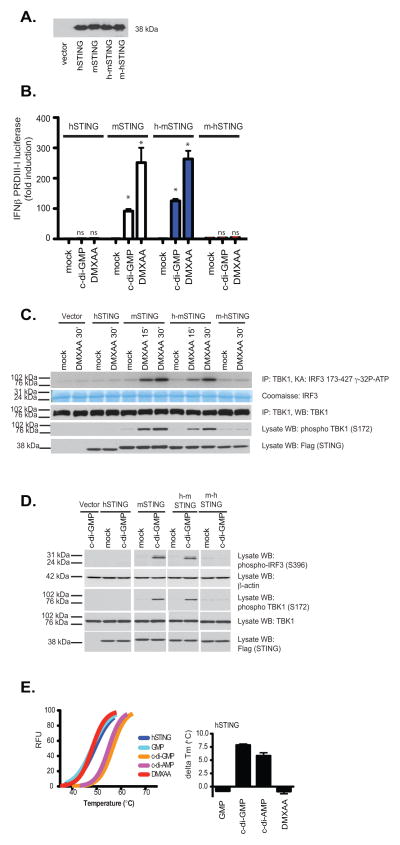Figure 5. DMXAA-induced signaling is dependent on the mouse STING C-terminal domain.
293T cells were transfected with human, mouse, or the indicated chimeric STING molecules as well as the IFNβ PRDIII-I luciferase reporter gene. Transfected cells were (A) subjected to immunoblotting with anti-Flag antibody or (B) stimulated with DMXAA or cyclic-di-GMP as indicated and analyzed for IFN-β luciferase reporter gene activation. hu-STING, hu-moSTING, and mo-huSTING were compared to moSTING for each treatment and the statistical significance (p <0.05) was indicated by *. ns=non-significant. (C–D) Cells transfected as above without reporter genes were treated as indicated and analyzed by immunoblotting for phospho-TBK1 (Ser172), phospho-IRF3 (Ser396), total TBK1, β-actin, and Flag (to detect expression of recombinant STING) as indicated. (E) Left panel, thermal shift analysis of human STING CTD in the presence of GMP, c-di-GMP, c-di-AMP, and DMXAA. The melting temperature shifts in the presence of the ligands are plotted in the right panel.

